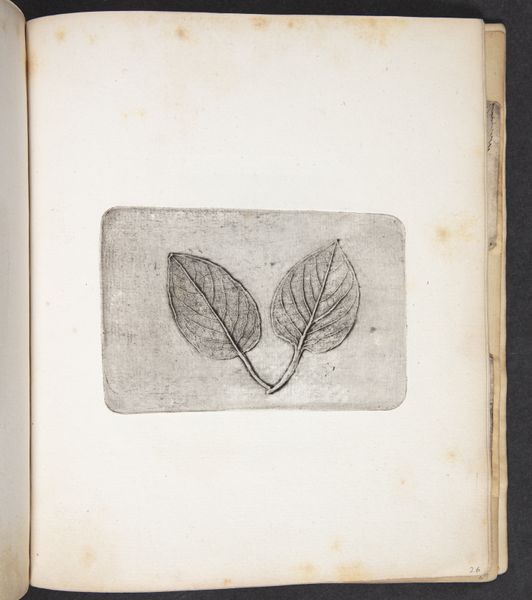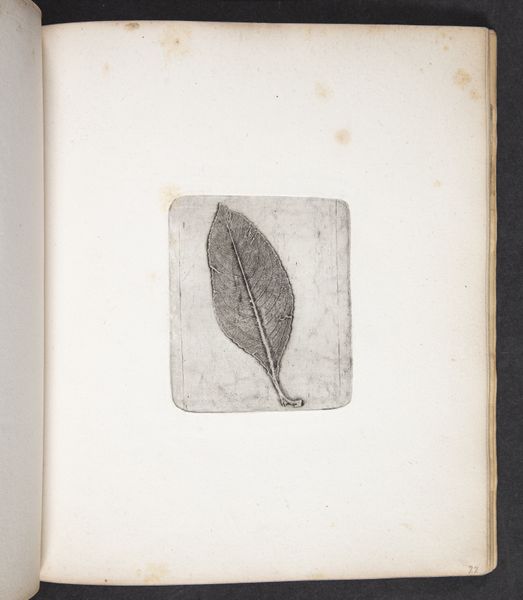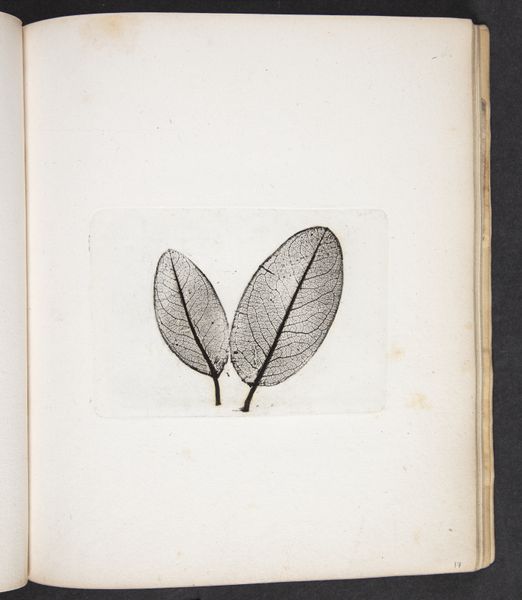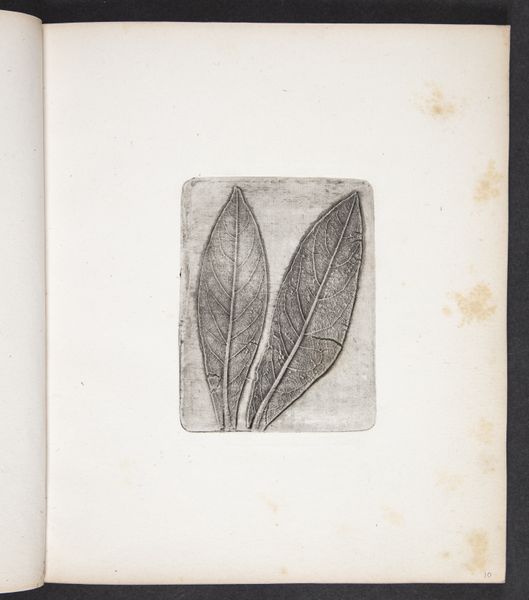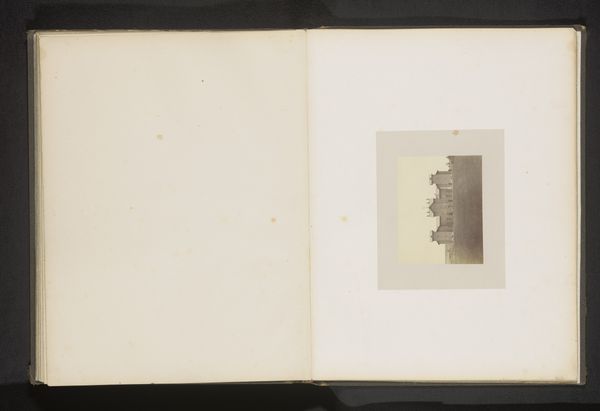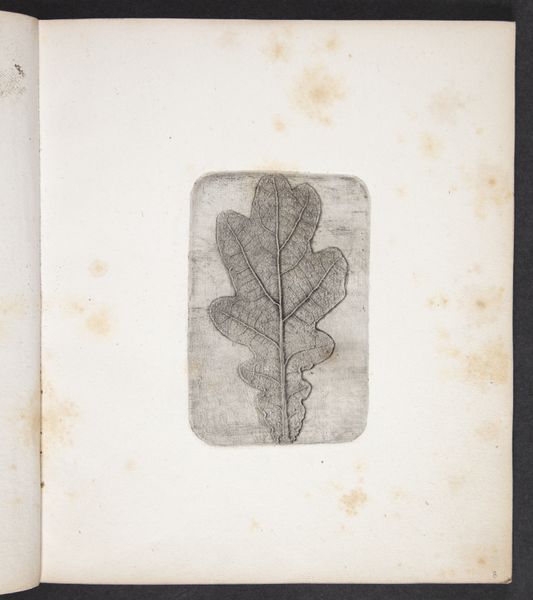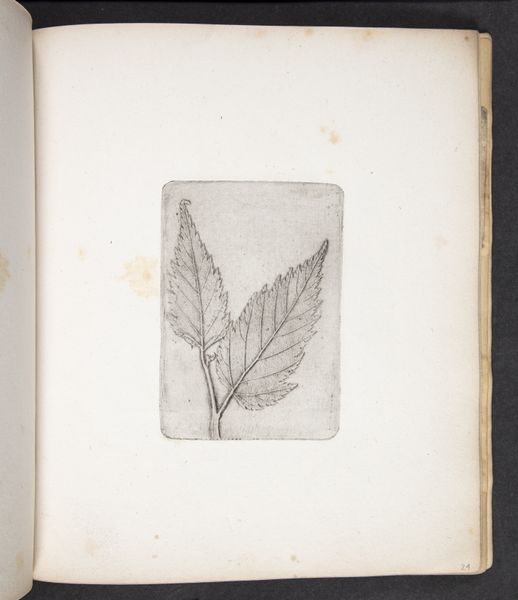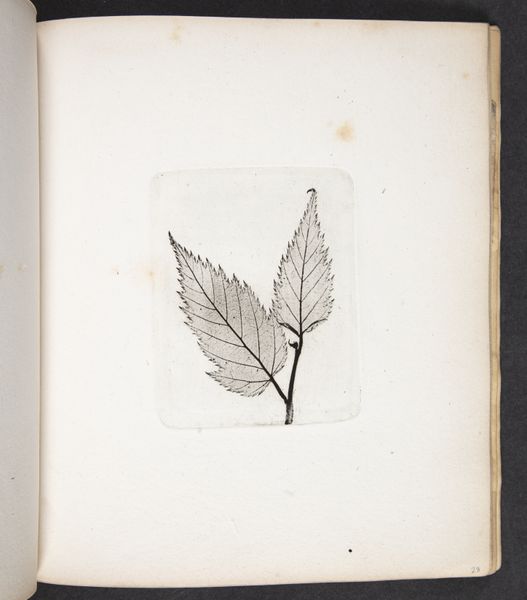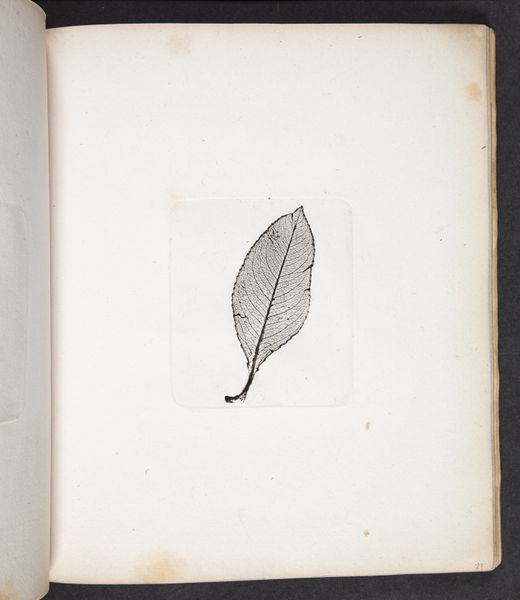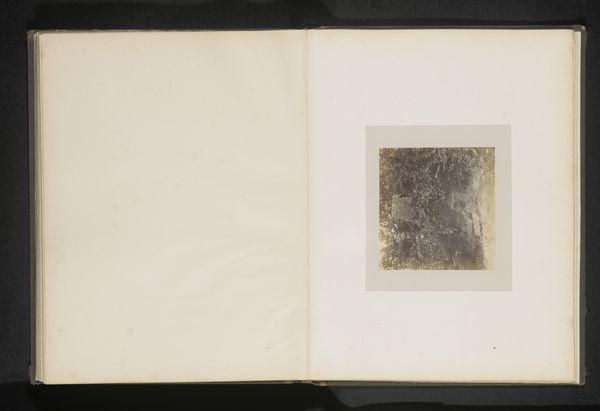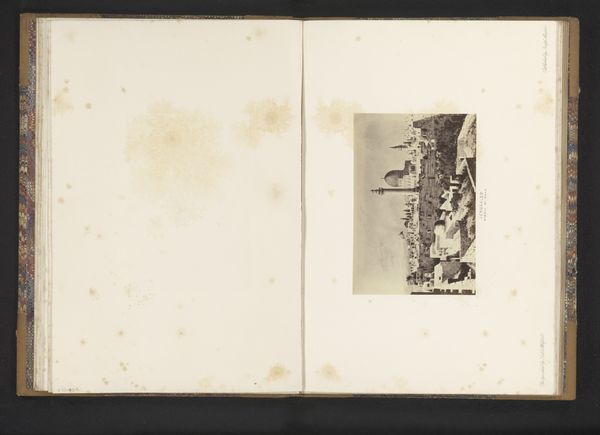
drawing, print, paper
#
drawing
# print
#
paper
#
realism
Dimensions: 207 mm (height) x 182 mm (width) (Bladmål), 74 mm (height) x 104 mm (width) (Plademål)
Curator: Welcome. Today, we are exploring "Aftryk af blade", which translates to "Impression of Leaves", created around 1833 by Peter Larsen Kyhl. It is a drawing and print on paper housed right here at the SMK. What are your initial thoughts on this subtle artwork? Editor: It has a hushed, almost ghostly quality. The pale tones and delicate rendering evoke a sense of stillness, like a moment suspended in time. They also appear very purposefully laid on that page together, as if asking for something. Curator: Kyhl meticulously captures the distinct venation of each leaf. The technique almost feels like a devotional act, giving reverence to the specific form and inherent structure of the plants. In that time there was an uptick of realism in Danish Golden Age art, which these realistic leaves do symbolize. Editor: Exactly. And the stark realism juxtaposed against what seems like a near-religious act gets me wondering: Was he merely observing nature, or making a commentary? The lack of color almost deprives these forms of their vitality, underscoring themes of ephemerality, and even environmental concerns when viewed with a contemporary eye. Curator: Fascinating, but consider that the arrangement of leaves within this small print, is quite symbolic, too. To a naturalist of that time, different species of trees possessed deeper meanings that this artist was clearly communicating through. He is reminding viewers that there's order to nature. Editor: True. While I don’t doubt his dedication to faithfully reproducing nature, and in highlighting the order, I am drawn to think about how printmaking, even then, facilitated broader access to the natural world through visual means. Its about reaching a wide viewership. The artist almost makes you consider their history of place, culture, and class. Curator: Absolutely. Kyhl’s impression isn’t just about imitation; it’s about engaging with nature, drawing conclusions, and immortalizing it through art for that historical moment. Editor: Well, that helps clarify this delicate image. Considering the themes embedded here certainly broadens the discussion and reminds us of the complex intersections that shaped artistic expression during that time period. Curator: Indeed. It makes me think about our connection to natural artifacts that help structure society even today.
Comments
No comments
Be the first to comment and join the conversation on the ultimate creative platform.

